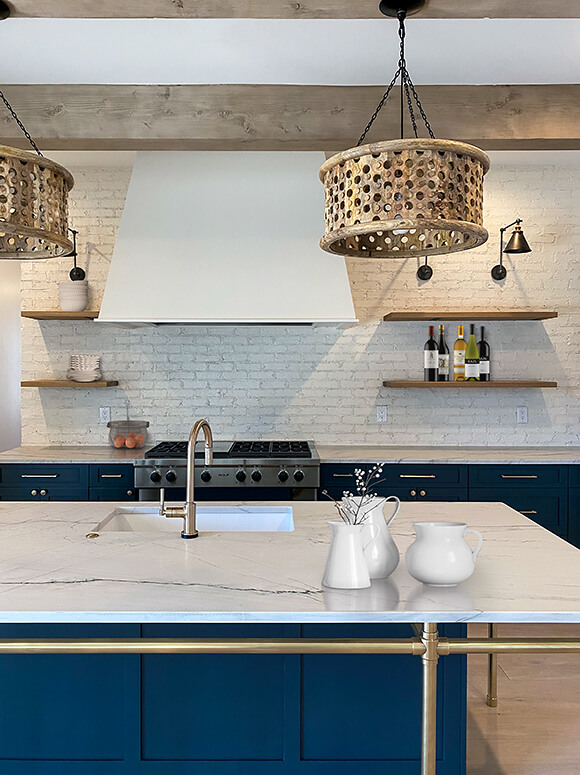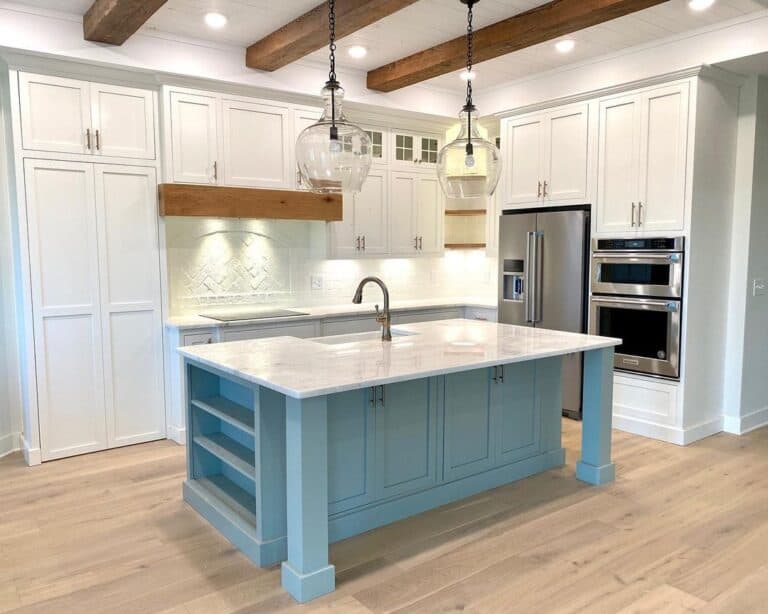Long Lasting and Fashionable Selections for High-Quality Legs For Kitchen Island
Long Lasting and Fashionable Selections for High-Quality Legs For Kitchen Island
Blog Article
Essential Aspects to Think About When Choosing Legs For Kitchen Island
Choosing the ideal legs for a kitchen area island includes a mindful assessment of multiple variables that can substantially affect both performance and aesthetic allure. As we check out these components, it ends up being clear that each choice can have far-ranging ramifications for the total kitchen experience.
Product Options
When selecting legs for a kitchen area island, understanding the various material choices is important for accomplishing both visual appeal and architectural integrity (Legs For Kitchen Island). The option of product considerably affects not only the resilience of the island but likewise its general layout and capability
Wood is a preferred selection, providing heat and flexibility. Strong woods, such as oak or maple, offer toughness and can be stained or painted to match the kitchen area style. Metal legs, commonly made from stainless steel or wrought iron, add a modern-day and industrial feel while making sure durability and security. These products are resistant to use and can sustain significant weight, making them suitable for bigger islands.
Another choice is engineered products, like MDF or plywood, which can be more cost-effective while still providing a variety of coatings. They might not give the same degree of stability as strong wood or steel. Legs For Kitchen Island. Materials such as acrylic or glass can develop a contemporary appearance, though they might call for extra assistance to make certain security.
Inevitably, the option of product for kitchen area island legs should line up with the desired functionality and the general style of the cooking area.
Style and Layout

When taking into consideration style, the shape and coating of the legs are vital. Tapered legs can offer a feeling of agility and beauty, while thicker, a lot more robust legs can communicate strength and stability. Additionally, the finish-- be it repainted, tarnished, or natural-- must match the cabinets and kitchen counter materials to develop a unified look.
In addition, the layout of the legs can also show personal taste. Customized or ornamental legs, such as those featuring detailed carvings or special geometric forms, can work as focal factors, adding personality and character to the cooking area. Eventually, the ideal option will not just enhance capability but additionally elevate the aesthetic appeal, making the kitchen island a standout attribute of the home.
Elevation Considerations
Selecting the proper elevation for cooking area island legs is essential, as it straight influences both capability and convenience. The basic elevation for a kitchen island normally ranges from 36 to 42 inches, lining up with common counter top heights.

It is likewise necessary to represent users' elevations and preferences. Tailoring the elevation can make sure a comfortable experience for all member of the family, making the kitchen area island an extra practical and enjoyable room.
Weight Assistance
Making sure adequate weight support for cooking area island legs is essential for both security and capability. The kitchen area island frequently serves multiple functions, consisting of cooking, eating, and added storage space, requiring a robust assistance framework. When picking legs, it is crucial to think about the general weight capability called for based upon the island's intended use and the materials that will certainly be positioned on it.
The choice of product for the legs plays a significant function in their weight-bearing abilities. Strong timber, metal, and sturdy compounds usually give premium strength compared to lighter products. Additionally, the design of the legs-- whether they are right, tapered, or have a pedestal type-- can influence their capacity to distribute weight efficiently across the structure.
In addition, the leg positioning need to be tactically prepared to improve security. Legs placed at the edges or with a broader base can better sustain larger lots. Constantly seek advice from the producer's specs concerning lots restrictions to make certain that the legs can sustain the designated weight without jeopardizing safety and security. In summary, selecting kitchen island legs with adequate weight support is vital for developing a risk-free and practical cooking space.
Setup and Upkeep
Appropriate installment and upkeep of cooking area island legs are important for guaranteeing durability and stability. This usually involves safeguarding the legs to the island base using suitable bolts, making certain that the legs are level and lined up.
When mounted, normal maintenance is required to protect the honesty and appearance of the legs - Legs For Kitchen Island. For wood legs, periodic cleansing with a damp cloth and application of appropriate timber gloss can avoid moisture damage and maintain their coating. Metal legs might call for a mild cleansing remedy to get rid of grease and crud, adhered to by a completely dry cloth to avoid rust development
In addition, inspect the legs regularly for indications of wear or damages, such as splits or loosened joints. Tightening screws or screws right here as needed can additionally prolong the life expectancy of the legs. By sticking to these installation and maintenance practices, property owners can make sure that their kitchen island stays durable and aesthetically appealing for many years ahead.
Verdict

Aesthetic coherence is vital in choosing the design and layout of legs for a kitchen area island, as these elements significantly affect the general atmosphere of the room. Tapered legs can supply a feeling of lightness and elegance, while thicker, more durable legs can their website communicate stamina and security.Choosing the appropriate elevation for kitchen island legs is important, as it straight impacts both performance and convenience. In recap, picking kitchen area island legs with sufficient weight assistance is necessary for producing a useful and safe cooking space.
In verdict, picking legs for read this article a cooking area island requires cautious consideration of different aspects, including material alternatives, design, elevation, weight assistance, and setup.
Report this page